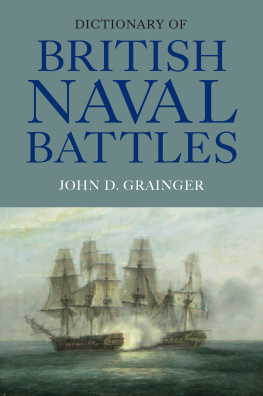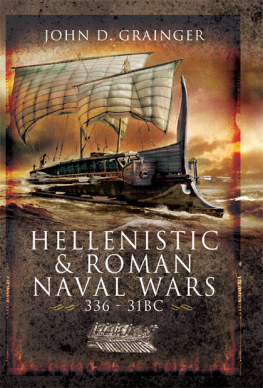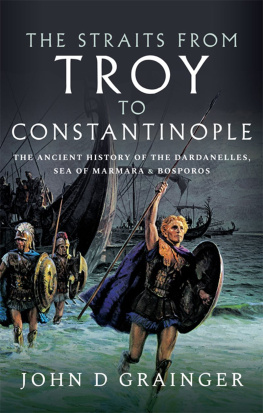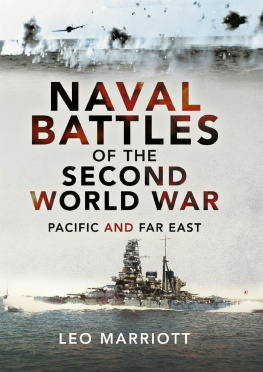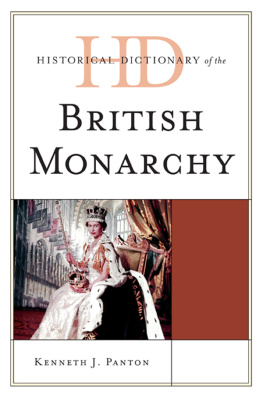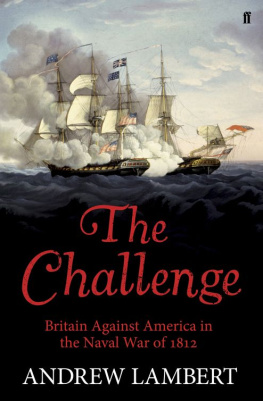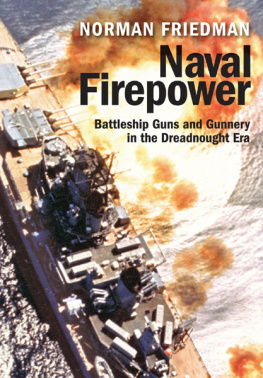A
Aboukir , Cressy and Hogue v. U-9 , 22 September 1914
Three old cruisers patrolled the Dogger Bank area of the North Sea. U-9 torpedoed Aboukir , and then Hogue when it stopped to lower boats for the rescue; Cressy lay stationary nearby and was also torpedoed. All three ships sank. Many of the men were rescued by Dutch steamers, but nearly 1400 died. (Corbett 1.174177)
ABOUKIR BAY, Egypt, 8 March 1801
An expeditionary force of 16,000 British soldiers landed from transports shepherded by the Mediterranean fleet commanded by Admiral Lord Keith, seven line-of-battle ships and sixty or so lesser vessels. The landing, in the face of considerable French resistance, was accomplished in a highly professional manner, thanks to good planning by General Sir Ralph Abercromby, and the care of the sailors. In the campaign which followed, sailors manned guns and gunboats on Aboukir Lake, and a division of seamen and marines under Capt. Sir Sidney Smiths command fought alongside the soldiers. (James 3.8190; P. Mackesy, British Victory in Egypt , London 1995; NC 2.198217)
Aboukir Bay, Egypt, 710 March 1807
In order to attack Alexandria, a landing was made from a fleet commanded by Rear-Admiral Sir John Duckworth at Aboukir Bay; 5000 soldiers commanded by Major-General Frazer were landed three days later, at which point Alexandria surrendered. The troops were evacuated in September. (James 4.232233; NC 4.3536)
Abyssinia (Ethiopia), 1868
The detention of a British consul by the Ethiopian Emperor Tewodros produced a full-scale imperial rescue expedition by the Indian army, commanded by General Sir Robert Napier. Three hundred ships conveyed 13,000 troops and 15,000 animals from Bombay to the Red Sea, escorted by the screw frigate Octavia , the screw corvette Satellite and seven smaller steamships under Capt. Leopold Heath. The Ethiopians had no ships so the naval expedition was essentially a logistical exercise. The expedition landed at Zula, south of Massawa. A hundred officers and seamen from the warships formed a Naval Brigade, whose duty was principally to fire rockets. No naval casualties were incurred. (Clowes 7.218220; A. Moorehead, The Blue Nile , London 1962, part 4)
Acadia (Nova Scotia), Canada, May 1690
A force of soldiers recruited in New England sailed under the command of Sir William Phipps, governor of Massachusetts, to seize control of the French bases at Port Royal and elsewhere in Acadia. The flotilla sailed on 28 April and returned home, successful, on 30 May. (Clowes 2.464)
Acasta v. Serpent , 17 July 1808
The frigate Acasta (40; Capt. Philip Beaver) captured the French brig Serpent (18) at La Guaira, Spanish Main. (Clowes 5.424)
Acheron v. French ship(s), 3 February 1805
The bomb Acheron (8) was captured and burnt by the French in the Mediterranean. (Colledge 2)
Achilles v. Spanish ship, 14 November 1745
The sloop Achilles was captured by a Spanish ship near Jamaica. (Clowes 3.311; College 2)
Achilles v. Comte de St Florentine , 4 April 1759
The French privateer Comte de St Florentine (60) was captured near Finisterre by Achilles (60; Capt. Hon. Samuel Barrington). (Clowes 3.301302)
Achilles and Dundee v. Leopard , 16 March 1917
The German raider Leopard , disguised as the Norwegian ship Rena , was intercepted by the cruiser Achilles (Capt. Leake) and the armed boarding steamer Dundee (Capt. S.M. Day). A boarding party was sent but after an hour the raider opened fire on Dundee , which was both suspicious and ready. Dundee inflicted some damage, then Achilles sank the ship. None on Leopard , including the boarding party, survived. (Newbolt 4.193195)
Acorn v. Gabriel , 6 July 1841
The brig Acorn (16; Cmdr John Adams) captured the slaver Gabriel off West Africa. (Clowes 6.306)
Acorn in Sierra Leone, November 1887
A party of men from the screw sloop Acorn (Cmdr William Atkinson) formed part of the force which struggled through forest to attack Robari, the main town of the Yoni, who were deemed to be in rebellion. The town was shelled and burnt, as were some villages nearby. (Clowes 7.388389)
ACRE, Palestine
1798 (Siege of ACRE) General Bonaparte and a French army marched from Egypt into Syria in 1798. Jezzar Pasha, the Ottoman governor in Palestine, received assistance from Capt. Sir Sidney Smith, who had contacts in Constantinople (his brother was the British envoy there). Acre, Jezzars capital and the only strongly fortified place in the region, was besieged by the French.
Smith captured a French flotilla and landed the guns it carried at Acre. The French army at Acre was thus short of artillery, and was faced by the fire of its own guns. Sailors and marines from Smiths squadron ( Tigre (74), Theseus (74), the storeship Alliance , and two gun vessels) assisted in the repulse of the besiegers, who were also harassed by fire from the British ships. A French squadron of frigates managed to land guns and ammunition at Jaffa, but repeated French assaults on the small breaches in Acres walls were beaten off. Theseus chased the French frigates, but suffered an explosion of shells which had been brought on deck, with many casualties. Casualties in the city were heavy, but Turkish reinforcements arrived. Finally, after several assaults, and faced with plague among his troops, Bonaparte withdrew to Egypt. British naval casualties were substantial: almost 100 killed and 180 wounded; 100 more were taken prisoner. ( NC 2.1529; Clowes 4.400404; James 2.321332; T. Pocock, A Thirst for Glory , London 1996, 90114; D. Chandler, The Campaigns of Napoleon , London 1966, 237241; Hore, Seapower 2638)
1840 A fleet of British, Austrian, and Turkish ships, including eight line-of-battle ships, commanded by Admiral Hon. Sir Robert Stopford, attacked the fortified city of Acre in order to drive out the Egyptian garrison. The bombardment lasted several hours. The Egyptian magazine was hit, depriving the defenders of much of their powder and killing perhaps 1200 soldiers. That night the city was evacuated. (Clowes 6.318323; Hore, Seapower 8593)
Active and Favourite v. Hermione , 17 March 1762
Hermione , a Spanish ship, carried part of the annual treasure from Peru to Cadiz, not knowing that Spain was at war with Britain. The frigate Active (28; Capt. Herbert Sawyer) and the sloop Favourite (14; Cmdr Philemon Pownoll), part of the Cadiz blockading squadron, demanded Hermione s surrender. Hermione did not fight, and treasure worth 500,000 was captured. (Clowes 3.308)
Active v. Charmante and Dedaigneuse , 1 September 1778
Active (26; Capt. William Williams), damaged and partly disarmed by a storm, was attacked by the French ships Charmante (58) and Dedaigneuse (26) near St Domingue; unable to defend herself, Active quickly surrendered. (Clowes 4.19)
Active v. French fleet, 16 August 1781
The brig Active (14), carrying dispatches from Admiral Rodney to New York, was captured by the French fleet of Admiral de Grasse. This loss helped delay Admiral Gravess sailing for the Chesapeake. (Clowes 3.495)
Active in the Ems River, Germany, 23 November 1800
The cutter Active (Lt J. Hamilton) was captured by French and Dutch ships in the Ems estuary. (Clowes 4.551)
Active v. U-179 , 8 October 1942
U-179 was sunk by the destroyer Active in a combined depth-charge and ramming attack. (Rohwer 200)
Active and others v. U-340 , 1 November 1943
U-340 was damaged by air attack and by attacks from the destroyers Active (Lt-Cmdr Merriman) and Witherington (Lt-Cmdr Tarrant) and the sloop Fleetwood (Cmdr Piggott), and was then scuttled. The crew, rescued by a Spanish fishing boat, were taken prisoner by Fleetwood . (Rohwer 284)
Acton v. UC-72 , 20 August 1917
Acton , a Q-ship, encountered UC-72 in the Bay of Biscay. The crew acted out a panicky abandonment; when UC-72 surfaced she was sunk by gunfire. (Grant 66)

